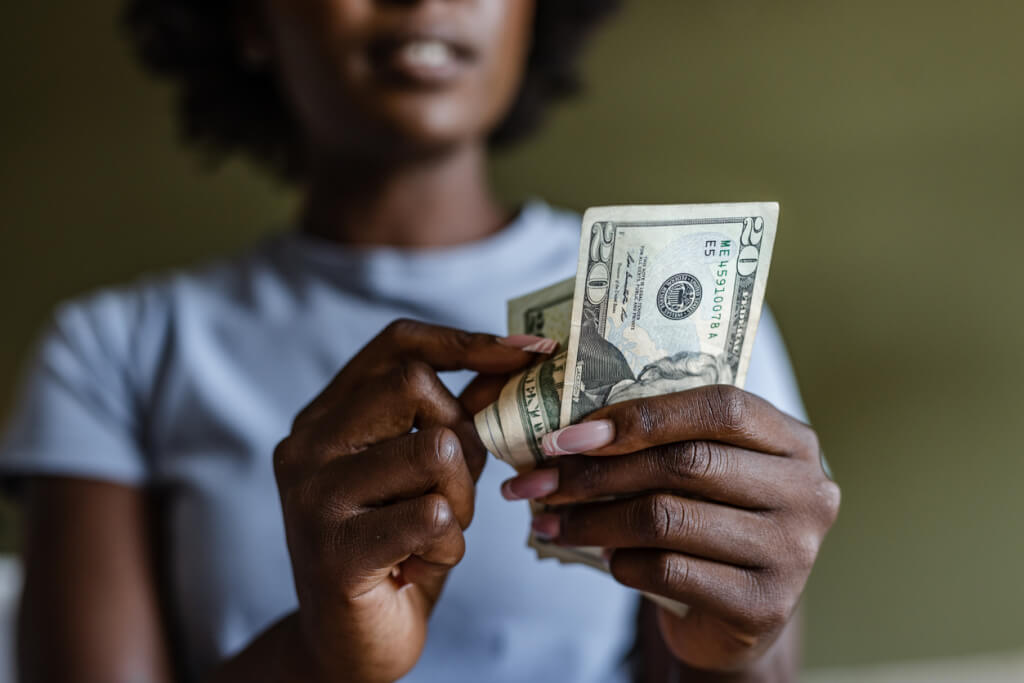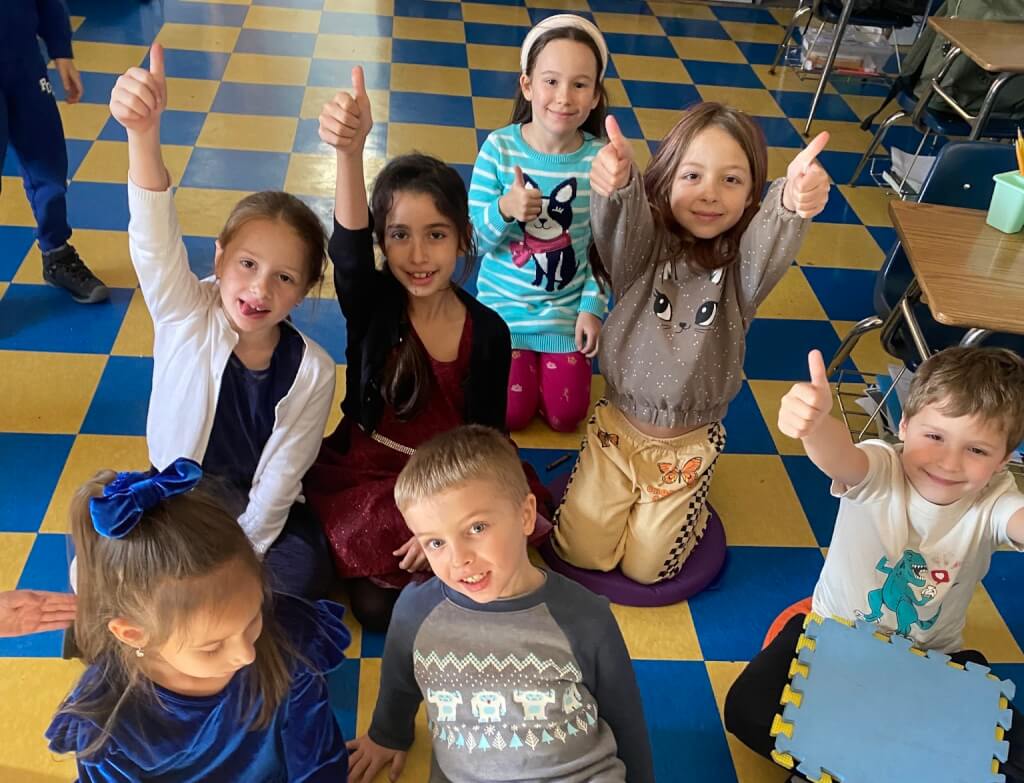In New York, the organizer of a cult that destroyed dozens of lives was sentenced: why it is easy to get into a sect, but not easy to get out
'18.04.2022'
Nadezhda Verbitskaya
For nearly three weeks in March, Phil Elberg traveled by train from New Jersey to the federal courthouse in lower Manhattan to watch Larry Ray's trial. Elberg, a retired attorney, did not represent anyone in the case. And while high-profile lawsuits sometimes attract fans of true crime, Elberg was hardly one of them. For decades, Elberg has represented victims of coercive control. Including two people involved in the infamous NXIVM cult long before its leader was indicted. He also worked with former patients of KIDS of North Jersey, a troubled teen program that abused and brainwashed teenagers, reports Intelligencer.
Like most unusual people, he has a backstory. When Elberg was in his early 20s, his younger sister introduced him to someone she called her boyfriend. According to Elberg, the man turned out to be a cult leader, a description he uses not lightly. Elberg's sister spent the next 40 years under his control until she died in 2009.
“There are people who are like winning the negative lottery,” Elberg said. “My sister’s experience made me realize that this can happen to anyone.”
Charming villain
He was asked why he chose to watch Ray's victims recount the heartbreaking details of their own experiences of control, coercion and abuse. Elberg replied that Ray is a maximalist, which fascinated him. Then he paused.
“I've spent way too much time in my life thinking about what I did or didn't do. About the signs I didn't notice when my sister tried to leave,” he said. “When I thought about Claudia Drury's parents, Santos Rosario's parents and what they did or didn't do, I thought to myself: Every family has a story. It's a mistake to ever talk about family like that and not do the devil justice. And Larry Ray is the devil.”
Ray's trial ended last week. The jury found him guilty on 15 counts, including sex trafficking, extortion and forced labor. Much of the trial consisted of witness testimony about coercion, intimidation, violence, and control. Ray became the subject of a New York story in 2019 that prompted an FBI investigation; in September he will be sentenced to life imprisonment.
On the subject: The man threw his daughter's friends for millions of dollars: the lives of many of them are destroyed
While reporting on Ray, we tried to keep in mind some version of Elberg's "negative lottery" metaphor. What are the chances that the father of college student Sarah Lawrence could move into a dorm and continue to manipulate a group of students into years of slavery and suffering? However, understanding how unbelievable this scenario is hasn't helped us answer the question everyone is asking: how the hell did this happen?
People who ask this question approach it from one of two perspectives. They either want to know exactly what it was about Ray's personality, charm and cunning nature that attracted his victims. Or they want to be told about the fundamental failures (parental, legal or institutional) that allowed Ray to prey on his victims.
Why was he so strong, or what were the victims weak in?
The first question is quite simple. Ray was a big and fascinating character. He barged in and offered unlimited attention, support, and concrete advice when other adults (parents, teachers, actual therapists) could offer abstract advice. It was all packaged with the trappings of a "cool" dad. Someone who ordered extravagant takeaway meals, provided a place to sleep in Manhattan, and “spoke with incredible speed on topics ranging from tomato sauce to the military,” wrote Daniel Barban Levine, one of Ray's victims. Not all of Ray's daughter's roommates bought into his ruse, but those who did were quickly stumped.
Another, more vexing issue has to do with the obstacles in the lives of Ray's victims. Their families tried, in many ways, to wrest their children from Ray's grasp. They often found that their efforts only made matters worse. Ray convinced his followers that he possessed something close to the ability to read minds. And then he used that belief to indoctrinate them with notions of child abuse, often accompanied by accusations that their parents were part of a dark conspiracy. Any parental effort to get their children back was evidence of both parental overreach and Ray's fantastical conspiracy. Isabella Pollock, accused by the government of being an accomplice, accused her family of failing to protect her from the sexual predator and cut off contact. Drury also cut ties with her parents, testifying in court that her mother was in cahoots with Ray's enemy, Bernie Kerik. The Rosario siblings began telling people that their parents were drug dealers.
“I can't get through to you. What changed? I don’t understand,” Levine’s father emailed him in his senior year of college. “It only seems to happen when you're at Larry's, but I can't figure it out. Are you in a trance? Drugs?
Yalitza, Felicia and Santos Rosario
Rosario's parents, whose three children fell under Ray's influence, said they contacted the NYPD three times to report Ray. But they were told that the police could not do anything because their children were already adults.
“Institutions, including the NYPD, need to know that rapists are intelligent and manipulative,” said Chitra Raghavan, an expert in coercive control and victim psychology at the John Jay College of Criminal Justice. “People take you seriously when you tell them a story that resonates with them. And when parents or students tell that story, they stop—they don’t have words to explain how scared they are.”
Often, by the time they realize what's going on, it's too late. The story of Larry Ray is often referred to as the iconic story of Sarah Lawrence, and yet we never hear about this institution.
After the material was released in 2019, Sarah Lawrence Crystal Collins Judd, president of the school, wrote in a statement that the school "found no evidence to support the claim that this parent lived on campus during the 2010-11 school year."
When Ray was indicted nine months later, Judd released another statement. “The question, how could the College not know this?, was asked by many, including myself,” she wrote. "What we do know is that no reports of this parent's presence on campus during this semester, official or unofficial, have been filed by students, their neighbors, or anyone else."
The idea that someone like Ray could live on a college campus for months without causing any sort of school anxiety seems preposterous. Until you consider the social environment of the liberal arts campus, living conditions and atmosphere in that particular residence.
Sarah Lawrence Dormitory
The hostel in question is a detached house without a permanent consultant. While overnight guests at the Sarah Lawrence Dormitory were required to register at the campus front desk, there was no mechanism to keep track of who actually came and went. Ray only needed someone to unlock the front door for him. All eight residents knew each other. And Ray's daughter, Thalia, had told many of them about her heroic father over the previous year. To some of Thalia's roommates, it just didn't seem all that odd that Ray needed somewhere to sleep after he got out of prison. And, as Levine said, the dorm residents “talked about taking a big sandbag and dumping it on the kitchen floor to make a tiny beach—it’s not like we were trying to start a normal household.”
While there may not have been any reports of Ray during the time period Judd alluded to, the evidence presented at the trial shows that some faculty members were aware of Ray when his victims were enrolled in the school.
Drury testified that shortly after meeting her roommate's father, she told Professor Nancy Baker that she was uncomfortable that Ray was sleeping in Pollock's room. In 2011, Drury sent an email to Allen Green, then the college's dean of student life, in which she appeared to retract the claim. The email, titled "The Truth," told a strange story: Drury claimed that she expressed "concerns about Larry Ray being a bad, dangerous, manipulative and sexually perverted person" to teachers and administrators only because Ray's ex-wife ordered her to do it. Drury later testified that she wrote the letter with Ray's direct input.
Drury further praised Ray in a 2012 email to Green, in which she asked to be reinstated after taking a leave of absence due to her hospitalization for mental health issues. “Sarah Lawrence is where my journey began when I first met Larry two years ago,” she wrote. “His friendship changed my life.” She went on to describe how Ray tapped into her mental health care, meeting with her doctors and talking to her parents on her behalf to "spare them the denial." She was accepted back into Sarah Lawrence College.
In several emails in 2011, Pollock describes to Baker and another professor, Kim Ferguson, how important her relationship with Ray was. Green was listed in one of the emails.
“I have only very vague memories of it,” Baker wrote in a 2018 email in response to a query that described Ray’s relationship with her former students. “I knew that something bad was going on either with one of my students or with a roommate. But I had no idea it was that bad or that the father in question was in jail on felony charges.” Baker did not respond to a recent request for comment. Michael Davis, another professor who received Drury's 2011 email, also declined to comment. Green, who retired in 2019, never responded to a request for comment.
Other than Judd's statements, the school has said little about the case. The Sarah Lawrence Emanon, the university newspaper, did not publish a single article about Ray or the lawsuit.
Current college students closely followed the progress of the trial
Just because the school is quiet about Ray doesn't mean the community isn't interested. A rotating team of Sarah Lawrence's current students have watched nearly every minute of Ray's trial from the gallery for the past month. The students were about the same age as Ray's victims when he met them.
Elberg and these students are just a few examples of the large group of people who invested in Ray's cause. Over the years, we've heard from Ray's other victims and other rapists. Shortly after Ray's conviction, reporters received a message from the mother of a former high-profile college student who had fallen under the influence of a classmate's parents under eerily similar circumstances. She hadn't seen her baby in years, and Ray's conviction gave her a glimmer of hope.
“One of the reasons these things continue the way they continue is because in order to stop them, you have to be fully involved. You cannot stop them by hitting their arm. You must dedicate your life to destroying them,” Elberg said.
The burden of ending the relationship of coercion and control falls on the victims themselves. Attackers are simply too adept at exploiting blind spots and circumventing the vague boundaries of the law without irritating law enforcement. In Ray's case, it wasn't until the victims began telling their stories—to the press, to law enforcement, and to juries—that they brought their abuser to justice.
Claudia Drury
Few stories are more difficult to tell than Drury's. During her two and a half days of testimony, stretched out over 12 days due to delays caused by two of Ray's apparent medical emergencies, Drury put Ray's horrific abuse to the fullest. According to Drury's lawyer Brooke Cuchinella, he insisted that she tell her whole story - details of her own abuse and what she saw Ray do to others.
“Claudia is one of the smartest women I have ever met. She is still healing, but her power is inspiring. I can't wait to see what choice she makes for herself in the future. I'm lucky to know her," Cucinella said.
Shortly after the verdict, Cuchinella and Assistant U.S. Attorney Danielle Sassoon called Drury to inform her that Ray had been convicted on all 15 counts. Sassoon surprised Drury by turning on the speakerphone to Rosario's siblings Santos, Yalitza and Felicia, who were all in the courtroom to hear the verdict. Drury hasn't spoken to anyone from Rosario in years, even before her escape from Ray in 2019.
“Hearing their voices that they were together and happy was more meaningful to me than the fact that Larry was finally held accountable for what he did to each of us,” said Drury.
In the days following the verdict, Drury was still trying to find inner peace. But Cucinella said she also acknowledged the role she played in bringing Ray to justice. And she felt relieved that her story resonated with the jury. She helped them understand that Ray was responsible for everything she and her friends had to go through.
Drury began to think about her future, about life outside of Ray and the unwanted media attention that covered the sordid details of her abuse. For the first time since she was in college, Drury is free to think about what she wants out of life. She is considering a career as a lawyer or scientist while rebuilding her relationships with friends and loved ones. Whatever the future holds for her, Drury is sure of one thing: it will not be determined by Larry Ray.







